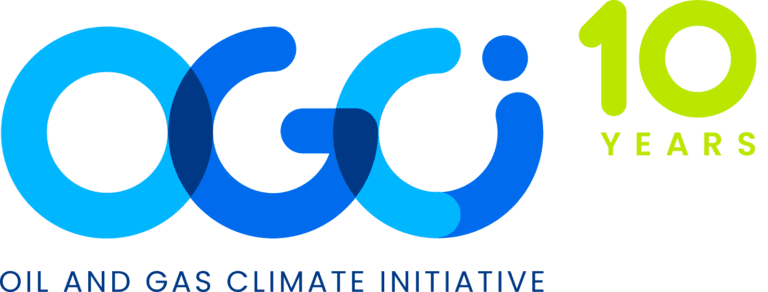Midstream quantification, monitoring, reporting and verification project

The Quantification, Monitoring, Reporting, and Verification (QMRV) Project is designed to provide an accurate representation of Cheniere’s (a leading liquefied natural gas (LNG) company) supply chain greenhouse gas emissions. The project’s objectives include enhancing emissions transparency, verifying the accuracy of reported emissions, and driving emissions reductions. This page offers resources related to the project, making […]
EPA’s final methane rule: Incorporating advanced technologies and emissions data to reduce methane emissions from the oil and gas sector
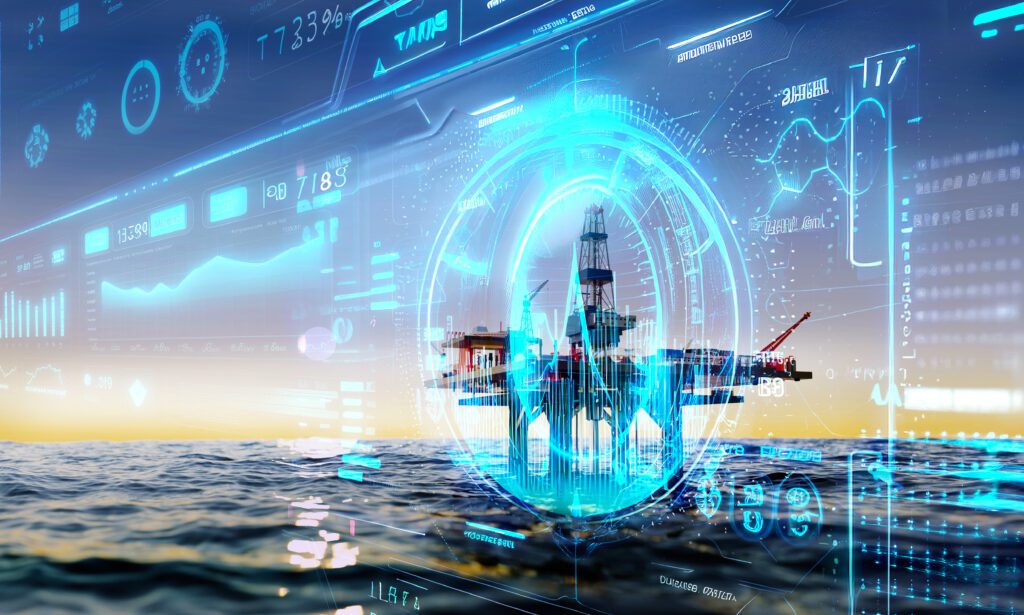
The article from the Harvard Environmental & Energy Law Program examines the EPA’s authority to issue a new rule that applies to both new and existing sources of methane emissions for the first time. It highlights several key provisions of the rule, including the incorporation of advanced monitoring technologies, specific timelines and compliance requirements, and […]
Reducing methane emissions from Canada’s oil and gas sector – discussion paper
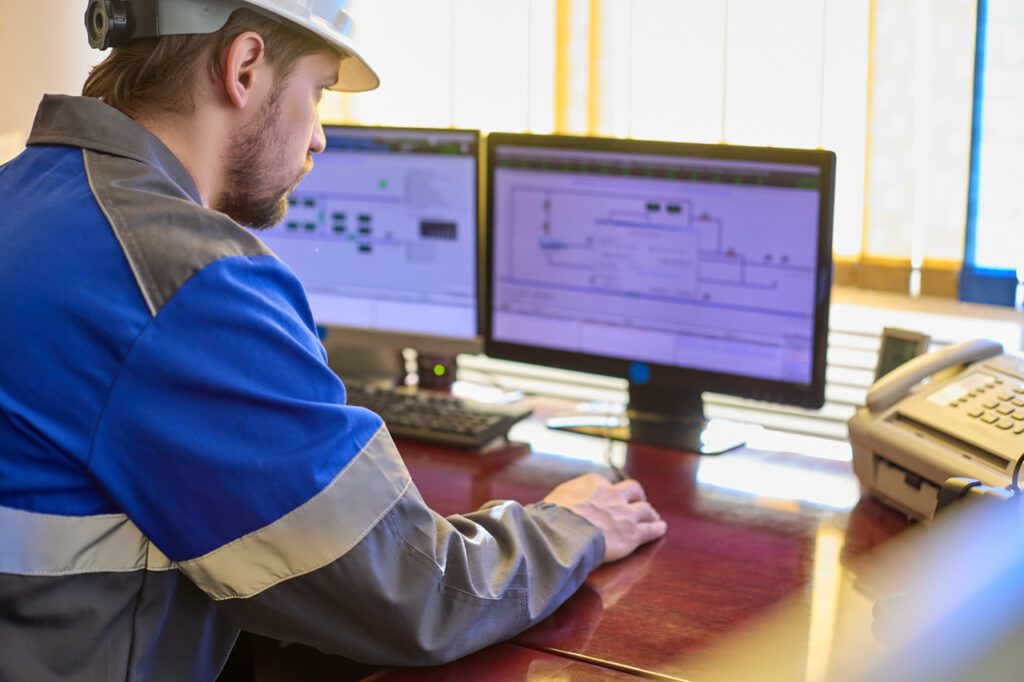
This Canadian federal discussion paper outlines the government’s commitment to reducing methane emissions from the oil and gas sector by 75% relative to 2012 levels by 2030. It presents strategies to achieve this target, including regulatory measures, technological advancements, and industry collaboration, aimed at improving environmental sustainability and meeting international climate goals.
Regulatory impact analysis of the supplemental proposal for the standards of performance for new, reconstructed, and modified sources and emissions guidelines for existing sources – oil and gas sector climate review
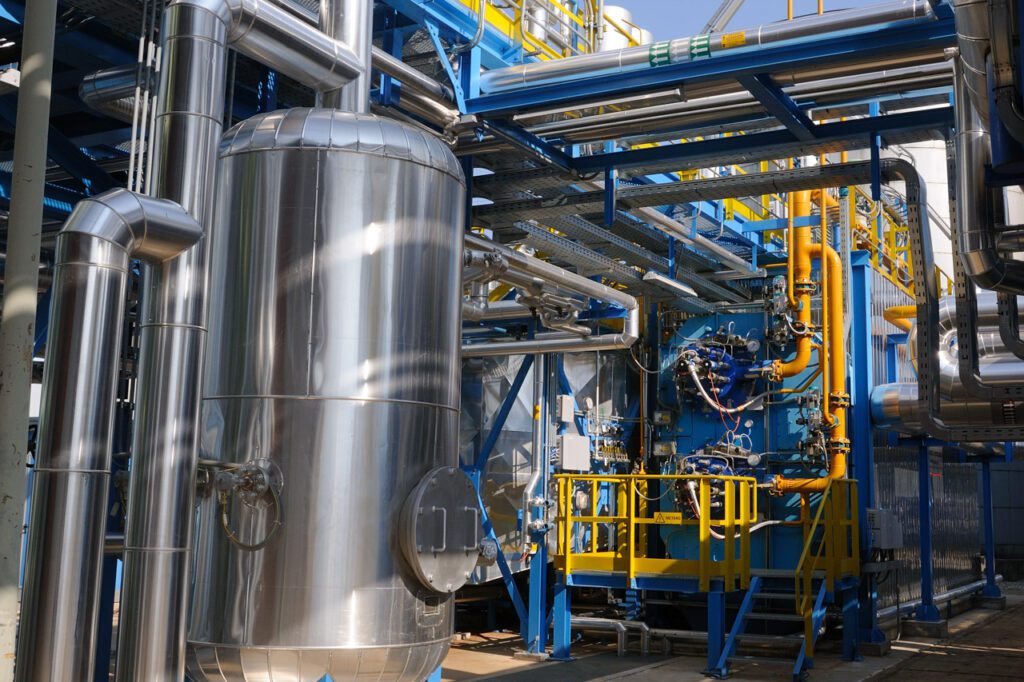
Regulatory impact analyses (RIA) for the supplemental rule. This RIA for the supplemental notice projects the potential impacts of these proposed actions. It mostly discusses the cost and benefits of proposed changes. It also includes a summary of modelling conducted using FEAST to propose an alternative matrix.
Reducing methane emissions: Transmission, storage, LNG terminals and distribution

This guide focuses on practices for reducing methane emissions from the natural gas transmission, storage, LNG terminals, and distribution segments of the supply chain. It specifically excludes mitigation measures for emissions downstream of the customer meter, as well as those related to LNG liquefaction and transportation. The guide outlines best practices for emission reduction within […]
How to develop a fugitive emissions management program

This manual is a guide for industry on how to develop fugitive emissions management programs (FEMPs) that comply with Directive 060 regulation(Alberta, Canada). It clarifies requirements and includes best practices for managing fugitive emissions, which companies should consider when developing their programs.
EPA’s natural gas STAR program
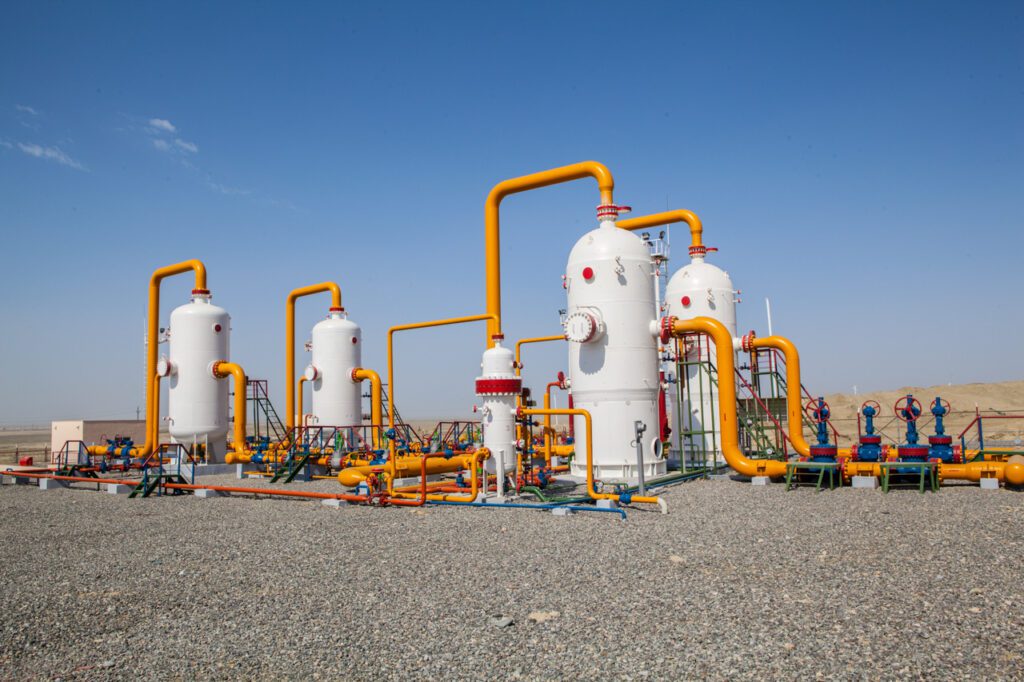
EPA’s Natural Gas STAR Program webpage includes a wide range of technical resources to assist companies in managing methane emissions. It includes a tool to identify available mitigation technologies, technical presentation materials, educational videos on methane emissions, and a list of equipment and service providers to support emission reduction efforts in the oil and gas […]
Guidelines for venting minimization and vent recovery systems
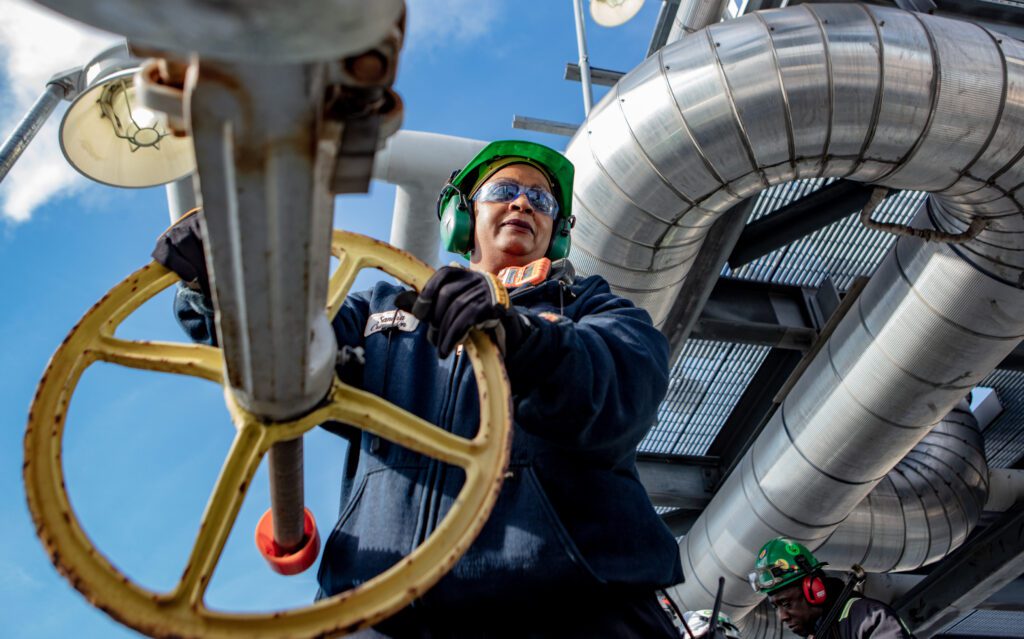
This guideline identifies venting sources and discusses the design and operation of vent systems and Volatile Organic Compound (VOC) recovery systems, as well as the situations in which these systems can be employed to minimize venting. This guidance has been developed to assist engineering and operations staff at upstream production facilities and may be useful […]
Guidelines for design and operations to minimize/avoid flaring sources
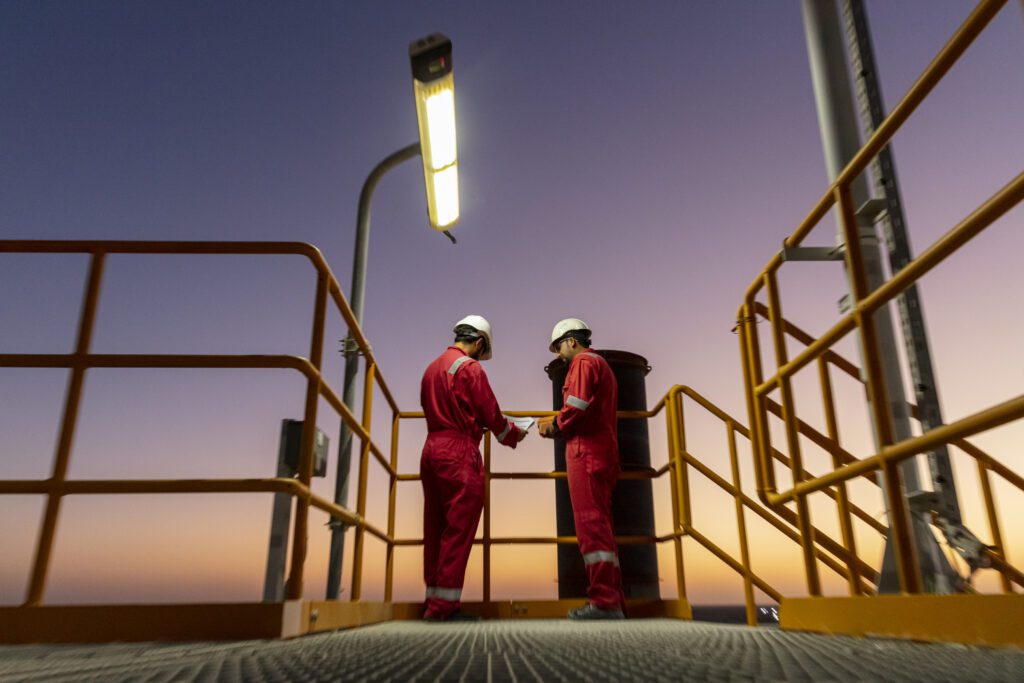
This report provides practical guidance for designing and implementing solutions to minimize or eliminate flared gas in the upstream oil and gas industry. It covers strategies for reducing flaring volumes, offering actionable insights to improve operational efficiency and environmental performance.
Guidelines for design and operation of flare gas recovery systems
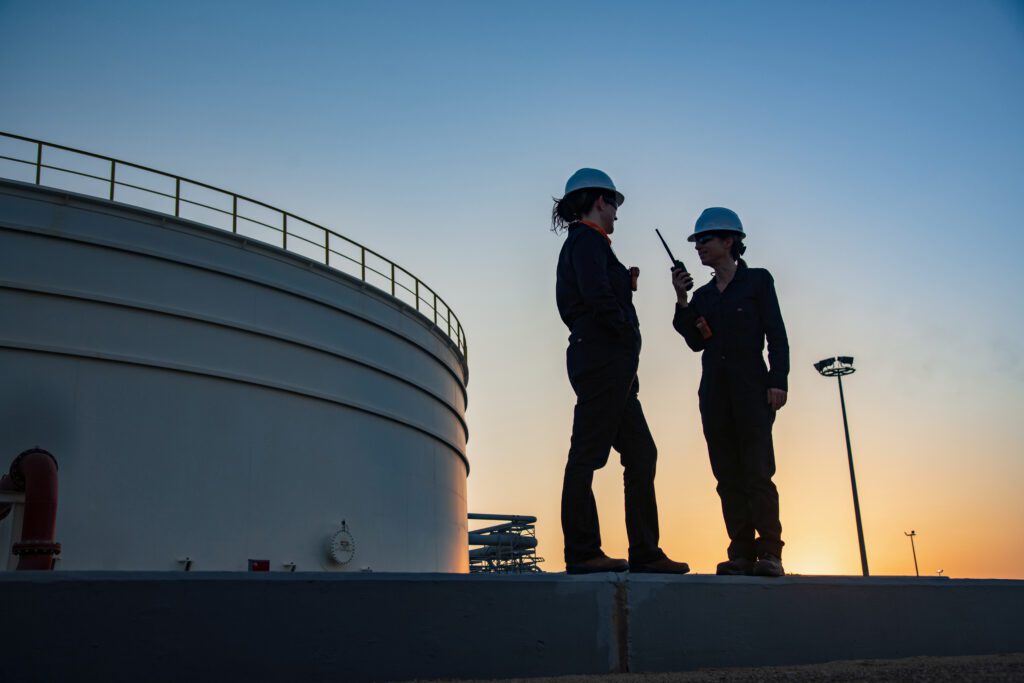
Guidelines focus on continuous flaring sources in normal operations and address measures for source recovery, flare closure, and flare ignition. This Report has been developed to assist engineering and operations staff at production, refining, and petrochemical owners and operators, and engineering staff at design consultancies and at engineering, procurement, and construction contractors.
